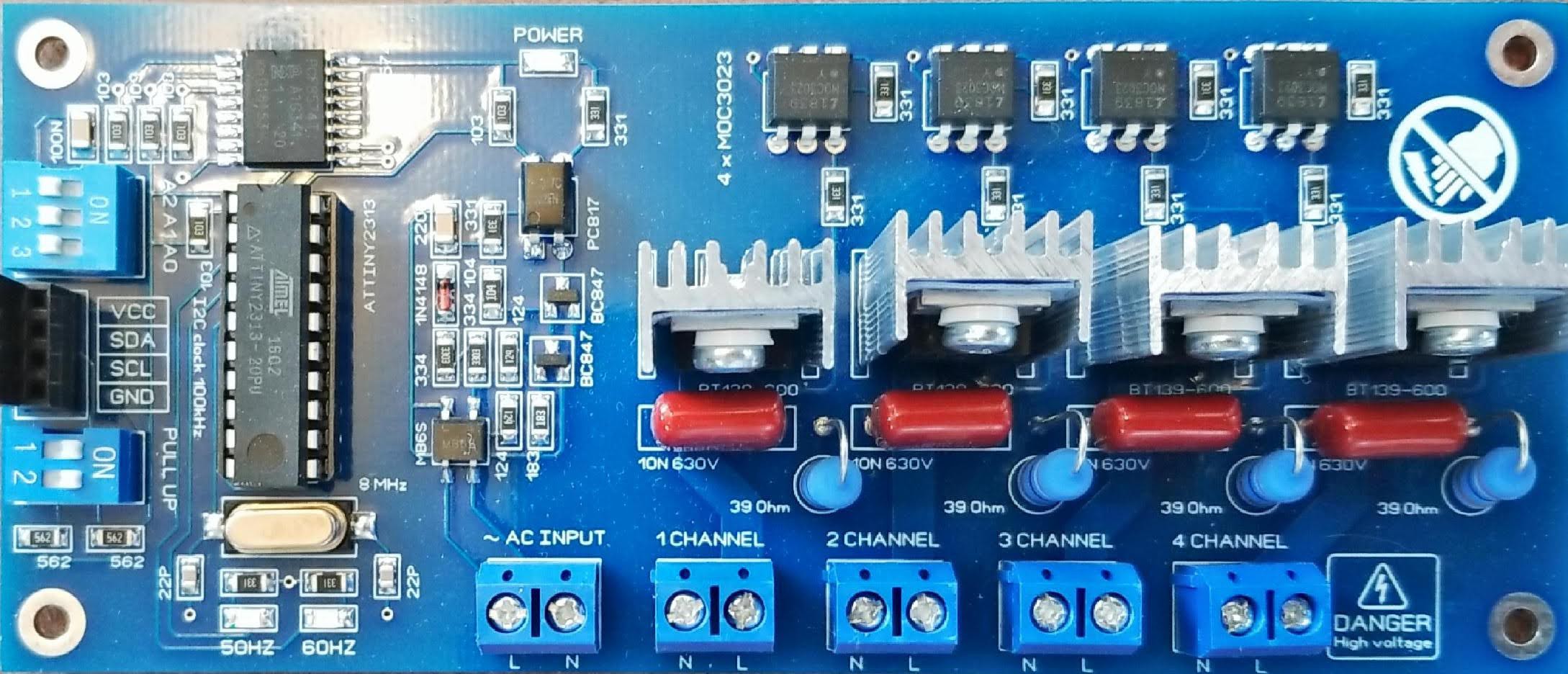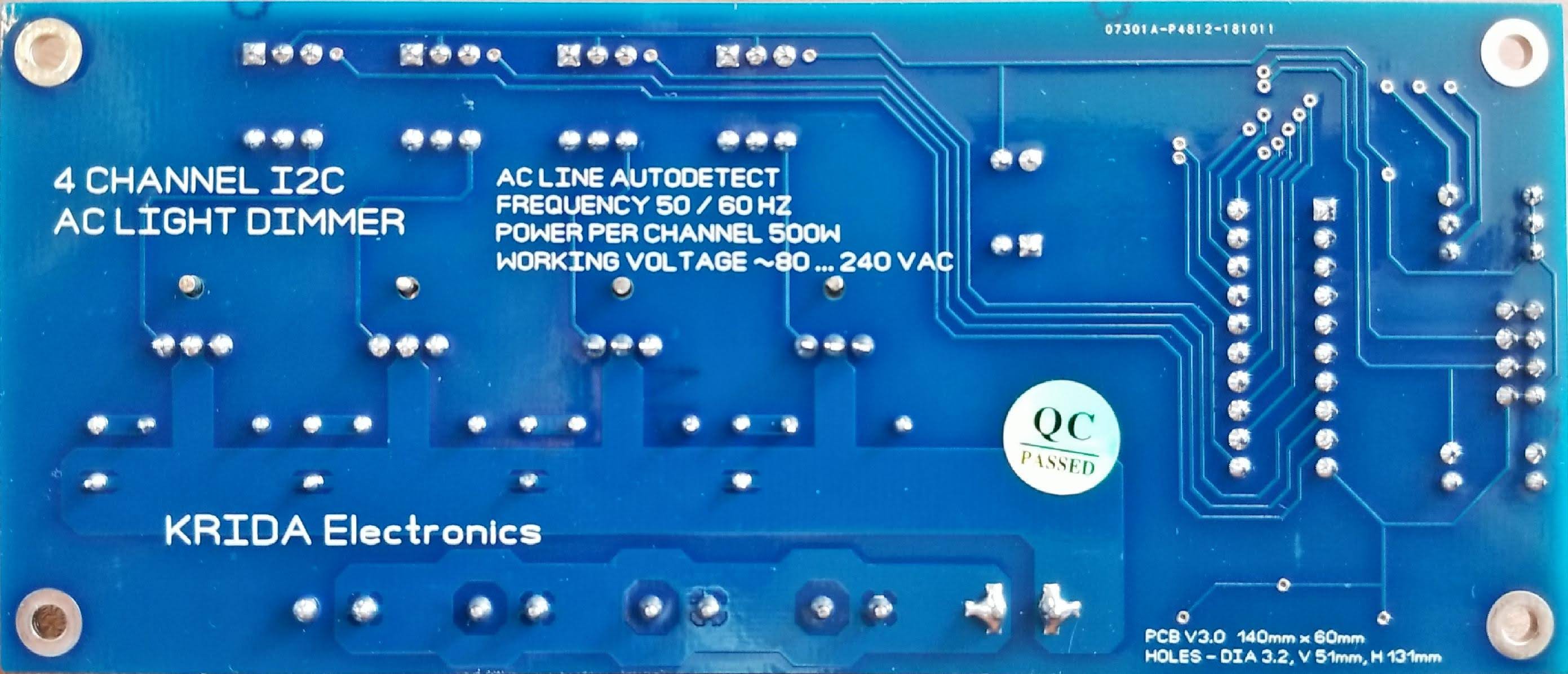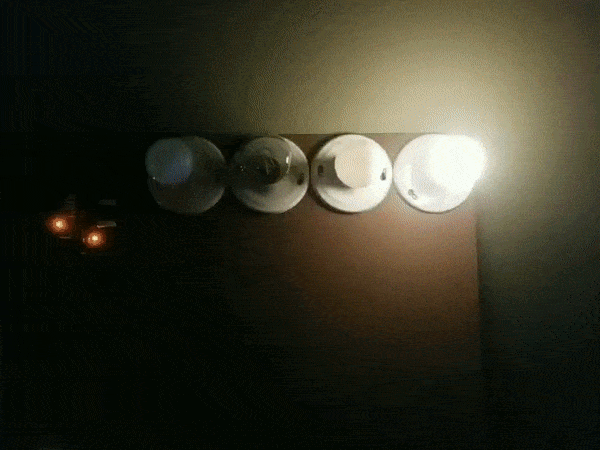One of the stated goals of the project was to speed implementation through the use of retail boards rather than scratch-built circuits. Of course, this brings its own unique sets of challenges and rewards, a couple of which I'd like to highlight here.
The primary controller and sensor elements have proven very easy to address and program. In large part this is thanks to the exhaustive and easy-to-follow documentation Sparkfun has constructed around the devices we sourced from them. Getting started guides have proven a valuable part of the experience above and beyond the usual starting points of datasheets or sample code.
However, while the lighting controller board was also easy to start addressing using the code samples provided (evidenced by our quick success at blinking a light) perhaps one of the most valuable pieces of documentation was sourced not from the manufacturer but rather from an Amazon reviewer(!). That review clarified the performance of the board's dimming range. The range is addressable from 100 (full off) to 0 (full on), but values above 66 produce either no output or full output (the latter being the most unexpected/undesirable result). We have been able to validate the same performance quirks with the controller used in our design, and have adjusted our code to limit itself to the functional range of the device. At this time it is unclear whether the issue is related to a hardware or firmware element within the device, but I'm sure further examination of the board's design would be interesting (if we didn't have more pressing matters at this time).
 |  |
| Lighting Controller - Top View | Lighting Controller - Bottom |
In addition to the control circuits and sensors integral to our prototype, the idiosyncrasies of the circuits within the LED lamps themselves also require consideration. As part of the initial testing we were clearly able to record the different ways in which different light sources perform with a given electrical output level. The lamps pictured below, from left to right, are the GE Cool Daylight, the EcoSmart Daylight, a high-efficiency incandescent, and a Cree LED lamp (the latter two being part of our initial testing rather than components of the prototype). What you can clearly see the Cree (rather brightly) and the incandescent (albeit remarkably dimly) coming on from even the lowest output levels available from the lighting controller. As levels are increased the EcoSmart and then the GE light both activate.
 |
| Varying responses to increasing output power clearly visible from (L-R) the GE Cool Daylight, EcoSmart Daylight, incandescent, and CREE LED lamps. |
While we plan to incorporate quantitative measures of this response as part of our project, this speaks to not only the value provided by the sensors we've selected for this prototype but perhaps their necessity. While a design with integrated LED light sources could make assumptions based upon datasheet values, recording and utilizing lighting responses to power input could prove useful for not only the overall flexibility of the system but also for the value provided by abstracting the lighting generation layer from the control layer.
More to come soon!
 Jon
Jon
Discussions
Become a Hackaday.io Member
Create an account to leave a comment. Already have an account? Log In.